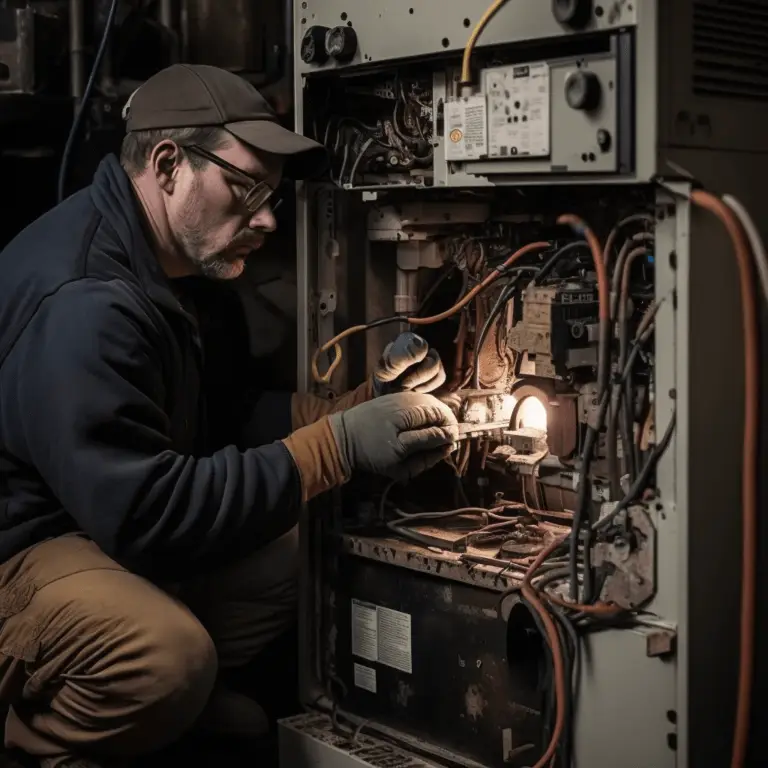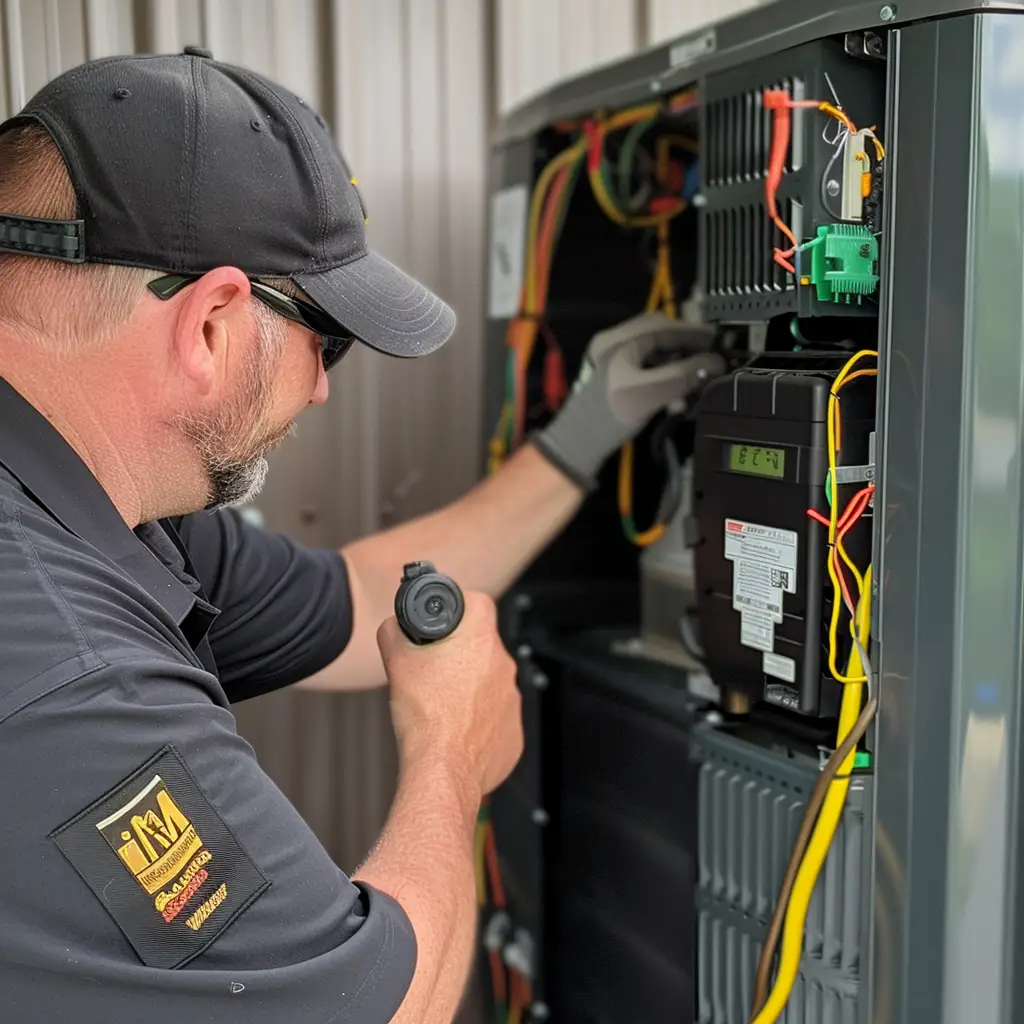Uneven heating in your home can be a frustrating issue, causing discomfort and increased energy bills. If you’ve noticed that some rooms are colder or warmer than others, there may be a few reasons behind this problem. This article will discuss the common causes of uneven heating and provide some tips on how to address them.
1. Blocked or Closed Air Vents
One common cause of uneven heating is blocked or closed air vents. Furniture, curtains, or other objects may obstruct air vents, causing restricted airflow and temperature imbalances. Ensure that all air vents in your home are open and free of obstructions to allow for proper air circulation.
2. Insufficient Insulation
Poor insulation can lead to heat loss and uneven temperatures throughout your home. Inspect your attic, walls, and floors for adequate insulation, paying particular attention to any areas that feel drafty. Consider adding more insulation or upgrading to higher-quality materials if needed.
3. Duct Issues
Leaky or damaged ducts can cause uneven heating by allowing conditioned air to escape before it reaches its intended destination. Inspect your ductwork for holes, gaps, or loose connections, and repair or replace damaged sections as necessary.
4. Dirty or Clogged Filters
A dirty or clogged air filter can restrict airflow and cause your heating system to work harder, leading to uneven temperatures. Check your air filter regularly and replace or clean it as needed to maintain proper airflow and efficiency.
5. Thermostat Location
If your thermostat is located in an area that receives direct sunlight or is near a heat source, it may not accurately read the temperature in your home. Consider moving the thermostat to a more central location or installing multiple thermostats to better regulate temperatures throughout your home.
6. Inadequate or Poorly Designed Duct System
An improperly designed or undersized duct system can lead to uneven heating, as it may not distribute conditioned air effectively throughout your home. Consult with a professional HVAC technician to evaluate your duct system and recommend any necessary upgrades or modifications.
7. Aging or Inefficient Heating System
An older or inefficient heating system may struggle to maintain consistent temperatures throughout your home. If your system is more than 10-15 years old, it may be time to consider upgrading to a more energy-efficient model.
Trust AirPoint To Fix Your Home Heating System
Addressing the causes of uneven heating in your home can not only improve your comfort but also reduce energy waste and lower your utility bills. If you’re unsure how to tackle these issues or need professional assistance, consider reaching out to a reputable HVAC company like AirPoint in Toronto. As a Carrier factory authorized dealer and NATE certified, AirPoint has earned the highest title of dealership with Carrier. Their recent accolades, including HomeStars Best of the Best 2023 and a 5-star rating on Google and HomeStars, attest to their commitment to customer satisfaction. With technicians fully certified by TSSA, HRAI and CSA, you can trust AirPoint to evaluate your home and provide expert recommendations for improving your heating system’s performance, while maintaining a neutral approach to the topic.
To learn more about how to fix uneven heating in your home, watch this video by Fire & Ice Heating and Air Conditioning
Uneven Heating FAQs: Answers from the Experts
Get more answers to your questions about uneven heating in your home from the experts at AirPoint
Why is one side of my house hotter than the other?
One side of your house may be hotter than the other due to factors such as sunlight exposure, poor insulation, unbalanced airflow from your HVAC system, or duct leaks. The side of the house with more direct sunlight will naturally be warmer, and uneven insulation or issues with your duct system can further exacerbate the temperature difference.
How can I even out the heat in my house?
To even out the heat in your house, consider the following steps:
- Check and improve insulation in walls, floors, and ceilings.
- Seal any gaps or cracks around windows and doors.
- Inspect your ductwork for leaks and seal or repair them as necessary.
- Use fans or adjust your HVAC system's dampers to balance airflow between rooms.
- Schedule regular HVAC maintenance to ensure optimal performance.
Why is my house so hot upstairs and cold downstairs?
A hot upstairs and cold downstairs can be attributed to the natural tendency for heat to rise. Other factors that can contribute to this issue include poor insulation, unbalanced airflow, and an improperly sized or functioning HVAC system.
How do you balance heat upstairs and downstairs?
To balance the heat between upstairs and downstairs, try the following:
- Adjust your HVAC system's dampers to redirect airflow between the two levels.
- Use ceiling fans in reverse mode during winter months to circulate warm air downwards.
- Install a zoning system or separate thermostats for each level to control temperatures more accurately.
- Insulate and seal any gaps or cracks in the walls, floors, and ceilings to minimize heat transfer between levels.
- Consider upgrading your HVAC system or adding supplemental heating/cooling solutions if necessary.





